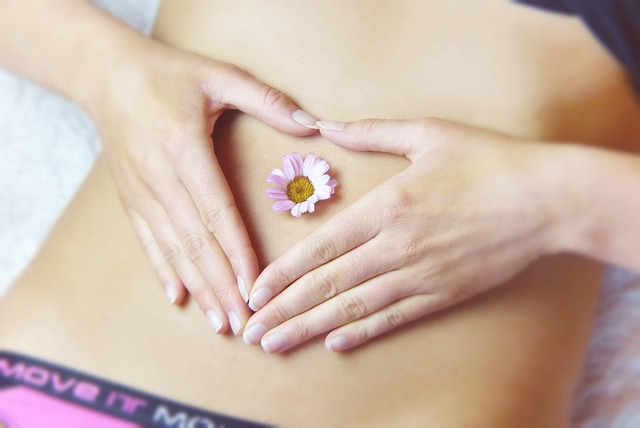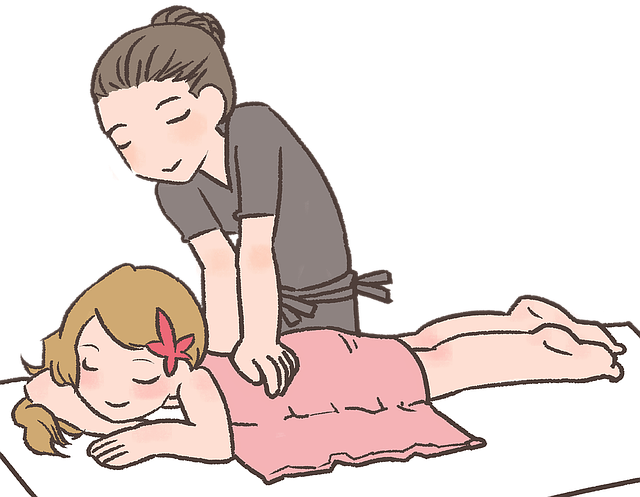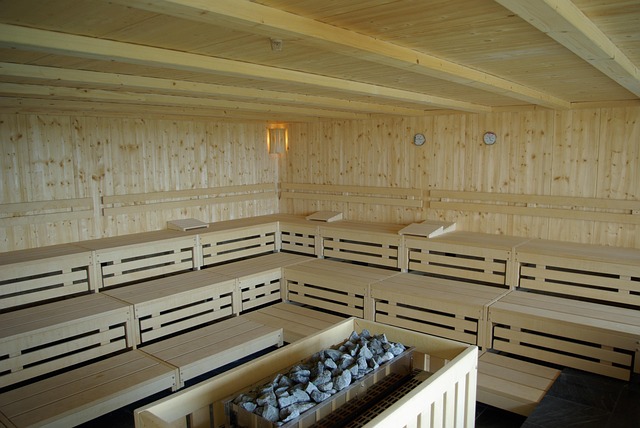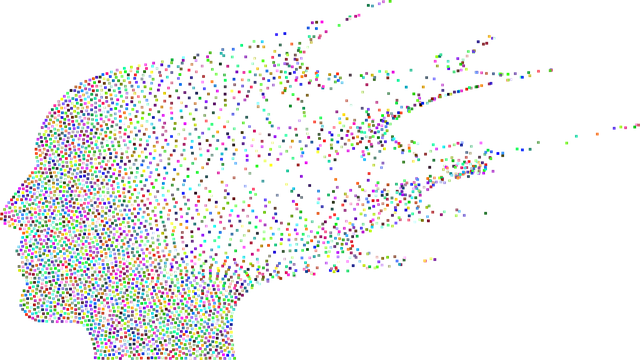Integrative Therapy offers a holistic approach to wellness by combining diverse therapeutic methods, with art therapy for healing as a key component. Through artistic expression, individuals can access their subconscious, process traumatic memories, and gain insights into their well-being. Art therapy provides a creative path to address emotions, manage stress, improve self-esteem, and reduce anxiety, offering a non-verbal communication channel. This approach promotes emotional balance, personal growth, and holistic wellness, with just 15 minutes of daily activities like mindful breathing or creative expression significantly enhancing mental well-being.
Discover the transformative power of integrative therapy, a holistic approach to wellness that combines traditional practices with alternative methods. This article explores diverse techniques designed to nurture your mind, body, and spirit. From the therapeutic benefits of art therapy, which offers a creative path to healing, to other less conventional approaches like mindfulness and acupuncture, we’ll guide you through effective strategies for achieving optimal health. Learn how to incorporate these practices into your daily routine for a more balanced, fulfilling life.
- Understanding Integrative Therapy and Holistic Wellness
- Art Therapy: A Creative Path to Healing
- Exploring Other Integrative Approaches
- Incorporating Integrative Therapy into Daily Life
Understanding Integrative Therapy and Holistic Wellness

Integrative Therapy is a holistic approach that combines various therapeutic techniques and modalities to address the interconnectedness between physical, mental, emotional, and spiritual well-being. It recognizes that each aspect of our lives influences our overall health and wellness. In this context, art therapy for healing serves as a powerful tool within integrative practices.
Holistic wellness is not merely the absence of illness but a state of complete physical, mental, and social well-being. Integrative Therapy aims to nurture this holistic state by considering all elements that contribute to an individual’s overall health. Art therapy, with its ability to facilitate self-expression, emotional release, and creative exploration, becomes an integral part of this process. Through artistic mediums, clients can tap into their subconscious minds, process traumatic experiences, and gain a deeper understanding of themselves, ultimately fostering healing and personal growth.
Art Therapy: A Creative Path to Healing

Art therapy offers a unique and creative approach to healing, acknowledging the profound connection between our emotions, thoughts, and physical well-being. By using artistic mediums such as painting, drawing, or sculpting, individuals can express themselves in ways that words may not fully capture. This process allows for emotional exploration, fostering a deeper understanding of inner feelings and experiences. Through art, people can externalize their internal struggles, providing a safe outlet for self-expression.
The benefits of art therapy for healing are well documented. It supports individuals in processing trauma, managing stress, and improving self-esteem. The act of creating art can be meditative, helping to calm the mind and reduce anxiety. Moreover, it provides a non-verbal means of communication, which can be particularly effective for those who find verbal expression challenging. By engaging in art therapy, one can enhance overall holistic wellness, promoting emotional balance and personal growth.
Exploring Other Integrative Approaches

In addition to music and dance therapy, another powerful tool in integrative wellness is art therapy for healing. This approach leverages creative expression to explore emotions, resolve traumas, and enhance self-awareness. Through various art forms such as painting, drawing, or sculpting, individuals can tap into their subconscious, externalize their feelings, and engage in a therapeutic process that transcends words.
Art therapy is particularly beneficial for those who may find traditional talk therapies challenging. It offers a non-verbal means of communication, allowing clients to convey complex emotions and experiences in a safe and supportive environment. By engaging in artistic self-expression, individuals can foster personal growth, promote mental well-being, and cultivate a deeper connection with themselves.
Incorporating Integrative Therapy into Daily Life

Integrative Therapy offers a holistic approach to wellness, encouraging individuals to weave various therapeutic practices into their daily lives. This could involve incorporating elements from art therapy for healing, mindfulness exercises, yoga, or even journaling as a form of self-reflection and expression. The key is to find what works best for you and make it a consistent part of your routine. For instance, dedicating just 15 minutes each morning to mindful breathing or engaging in creative outlets like painting or writing can significantly contribute to overall mental and emotional well-being.
By integrating these practices, individuals can enhance self-awareness, improve stress management, and cultivate a deeper sense of inner peace. Art therapy for healing, in particular, provides an outlet for processing emotions, working through traumatic experiences, and promoting personal growth. Regularly incorporating such therapeutic activities allows for a more balanced and fulfilling life, where physical, mental, and emotional health are all nurtured simultaneously.
Integrative therapy offers a holistic approach to wellness, combining various techniques to cater to the unique needs of each individual. From art therapy, which provides a creative outlet for emotional expression and healing, to other integrative methods, these practices empower individuals to take control of their well-being. By incorporating these approaches into daily life, folks can unlock a deeper sense of balance, fostering both mental and physical health. Art therapy for healing is just one piece of this vibrant puzzle, showcasing the power of creativity in navigating life’s challenges.
